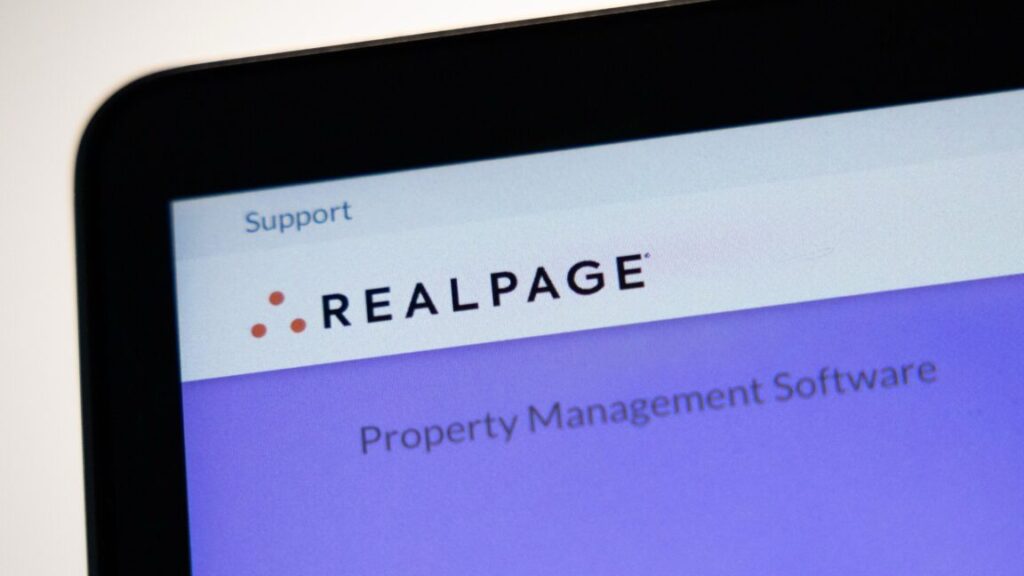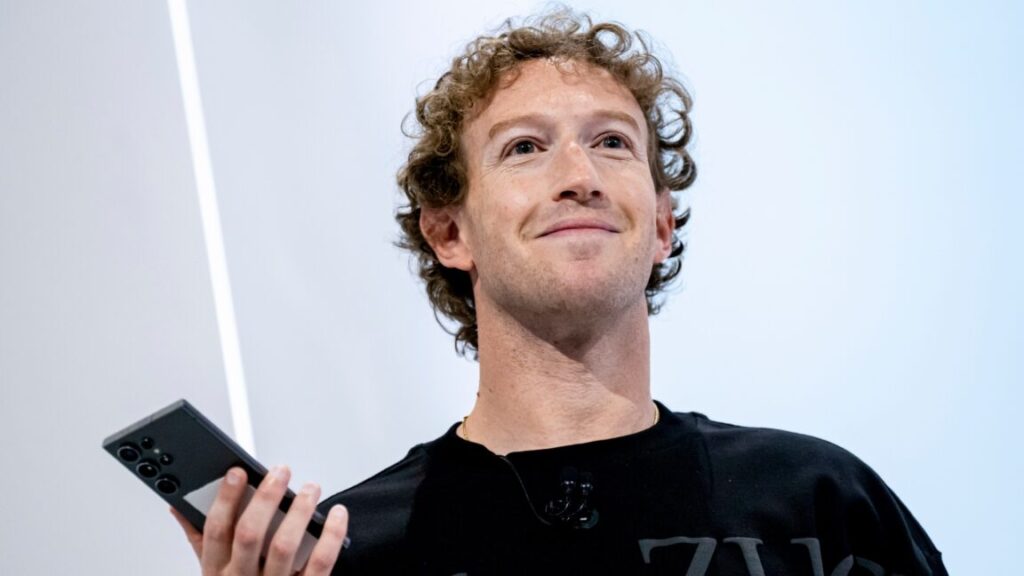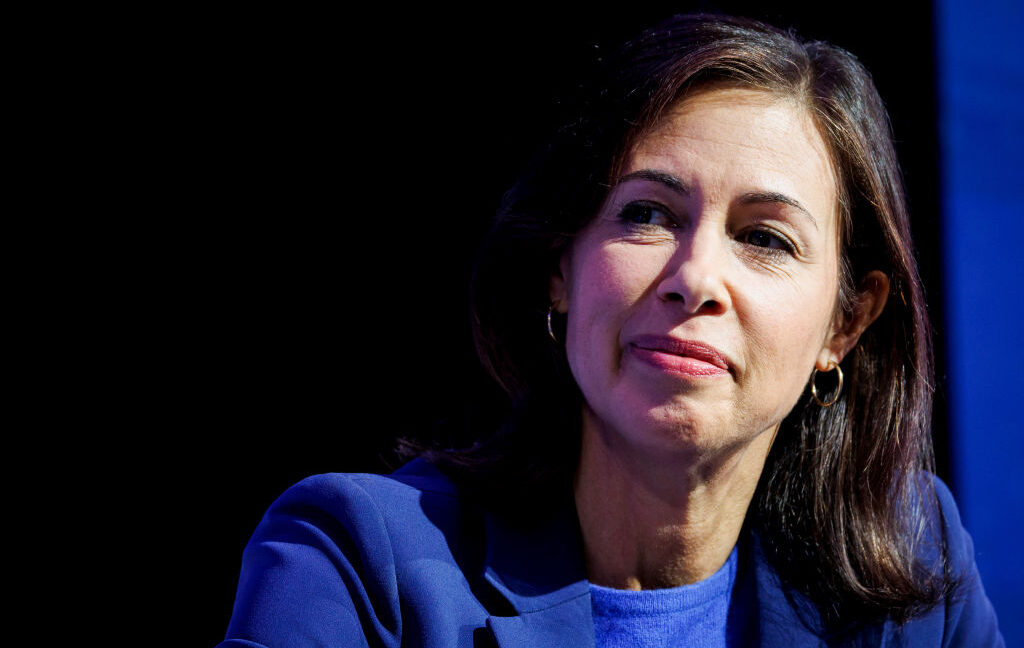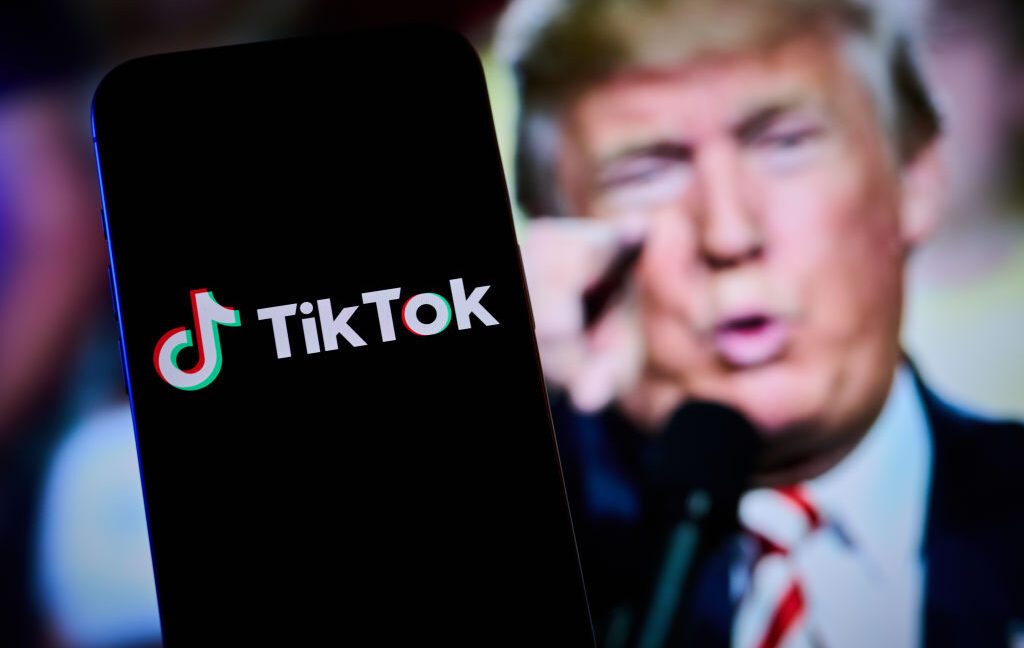US sues six of the biggest landlords over “algorithmic pricing schemes”
The Justice Department says that landlords did more than use RealPage in the alleged pricing scheme. “Along with using RealPage’s anticompetitive pricing algorithms, these landlords coordinated through a variety of means,” such as “directly communicating with competitors’ senior managers about rents, occupancy, and other competitively sensitive topics,” the DOJ said.
There were “call arounds” in which “property managers called or emailed competitors to share, and sometimes discuss, competitively sensitive information about rents, occupancy, pricing strategies and discounts,” the DOJ said.
Landlords discussed their use of RealPage software with each other, the DOJ said. “For instance, landlords discussed via user groups how to modify the software’s pricing methodology, as well as their own pricing strategies,” the DOJ said. “In one example, LivCor and Willow Bridge executives participated in a user group discussion of plans for renewal increases, concessions and acceptance rates of RealPage rent recommendations.”
DOJ: Firms discussed “auto-accept” settings
The DOJ lawsuit says RealPage pushes clients to use “auto-accept settings” that automatically approve pricing recommendations. The DOJ said today that property rental firms discussed how they use those settings.
“As an example, at the request of Willow Bridge’s director of revenue management, Greystar’s director of revenue management supplied its standard auto-accept parameters for RealPage’s software, including the daily and weekly limits and the days of the week for which Greystar used ‘auto-accept,'” the DOJ said.
Greystar issued a statement saying it is “disappointed that the DOJ added us and other operators to their lawsuit against RealPage,” and that it will “vigorously” defend itself in court. “Greystar has and will conduct its business with the utmost integrity. At no time did Greystar engage in any anti-competitive practices,” the company said.
The Justice Department is joined in the case by the attorneys general of California, Colorado, Connecticut, Illinois, Massachusetts, Minnesota, North Carolina, Oregon, Tennessee, and Washington. The case is in US District Court for the Middle District of North Carolina.
US sues six of the biggest landlords over “algorithmic pricing schemes” Read More »













